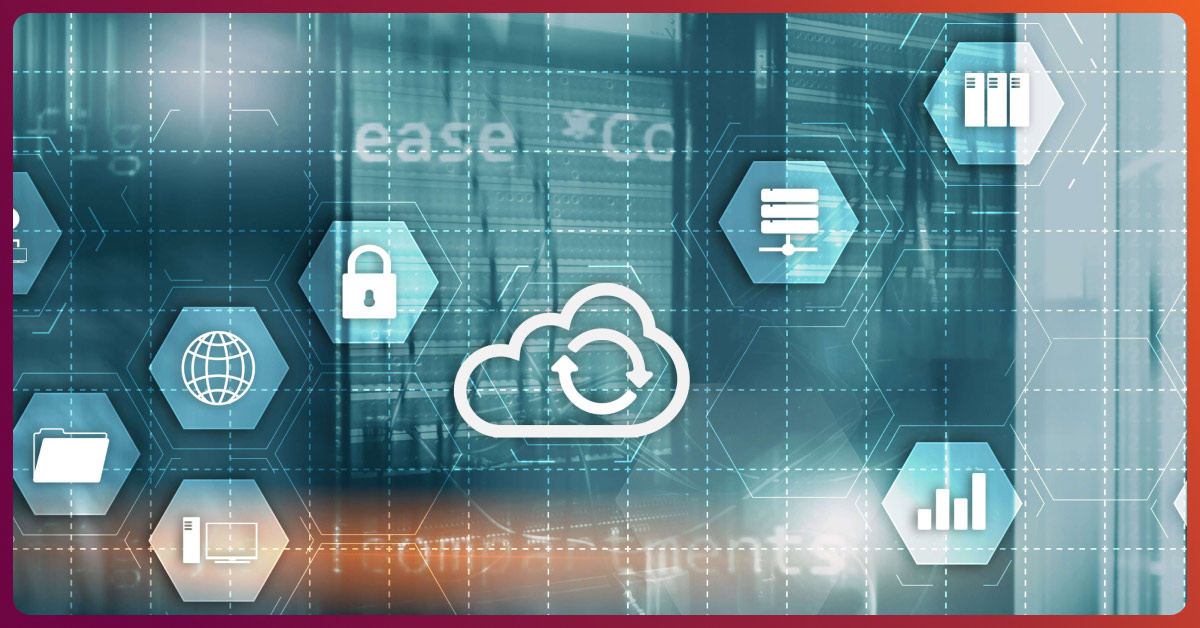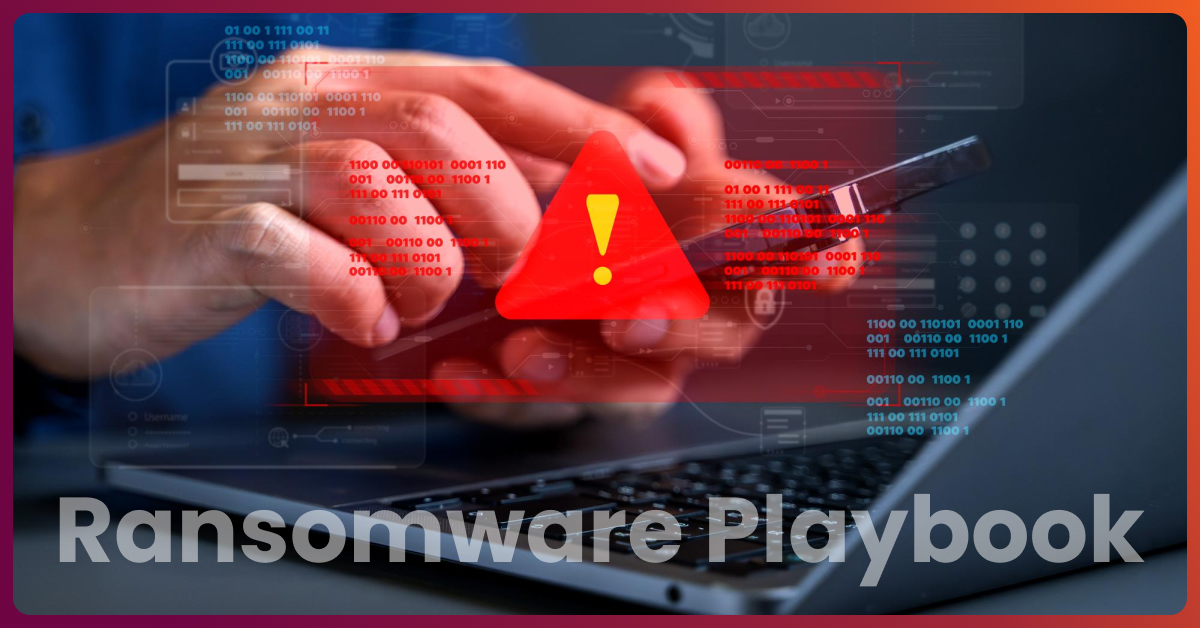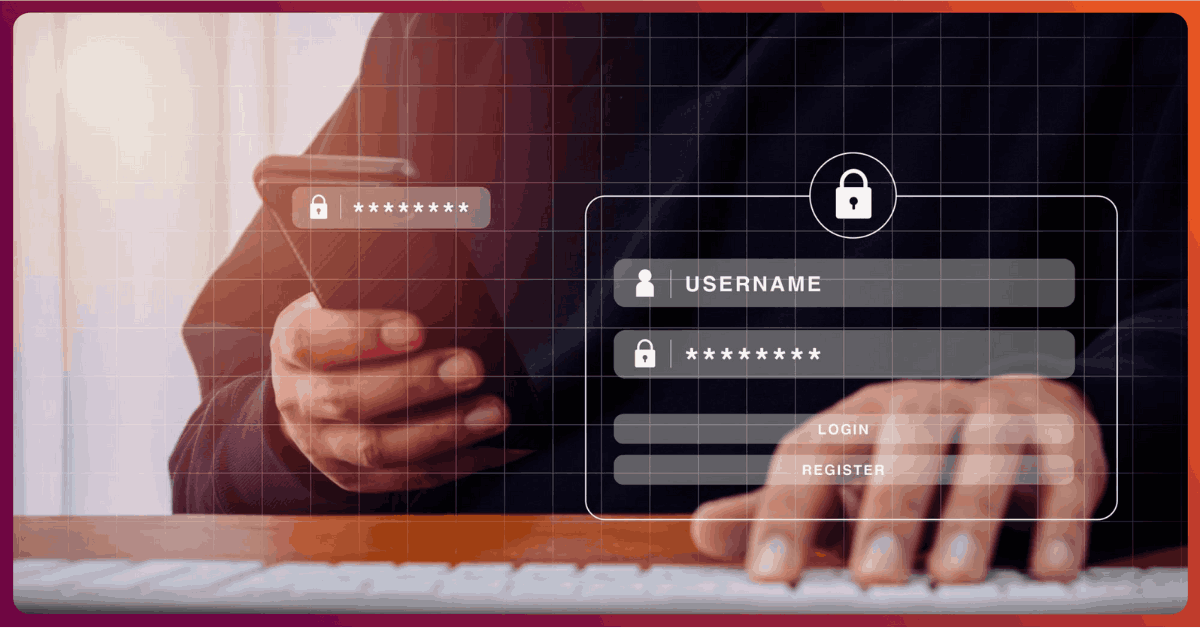Best of Breed or One-size-fits-all?

Over the years, as I’ve worked with customers and prospects, there is a dichotomy I’ve seen emerge. When purchasing backup solutions, IT decision makers fall in one of two categories:
- they are either looking for the best solution on the market for the problem they’re trying to solve.
- or they are looking for something that has a breadth of coverage across diverse backup workloads and gives them a single console for management.
Server Backups vs Endpoints
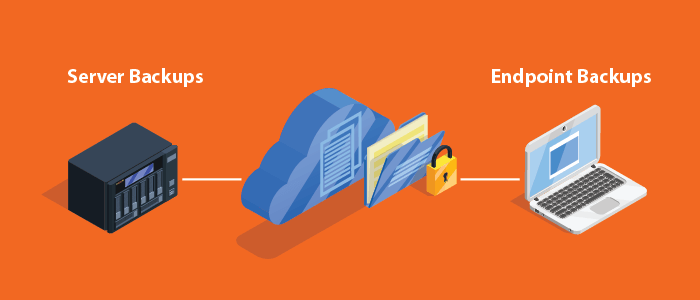
This dichotomy is most obvious when an IT decision maker must make the choice between solutions for the server backup workloads and their user endpoints. Some IT administrators are keen to find best of breed solutions for each use case. Others favor having a single management console and are willing to buy both solutions from the same vendor.
There is no right answer, but when all is said and done, one thing is for sure. Backup software is not a commodity. There is good and bad software. And others that are somewhere in between. There are solutions that focus on doing certain things very well – and others that do a little bit of everything.
While many think “backup is backup”, Server Backup and Endpoint backup solutions need to be good at different things in order to be able to excel at what they do. And, usually vendors who are good at one thing, may not necessarily have the best product for the other.
Performance and Reliability
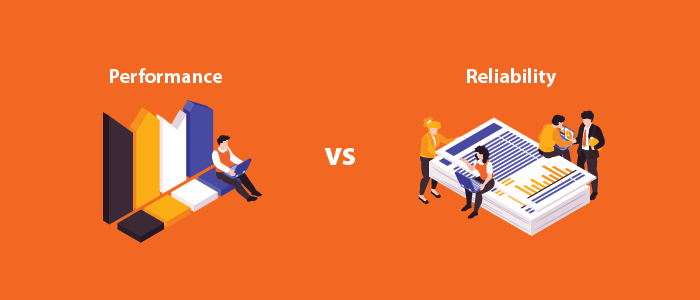
Server backups need to be fast. Data sets are large and there is a limited time window in which the backup needs to be completed – usually called a ‘backup window’. Endpoint backups on the other hand need to be reliable and persistent. In fact, speed isn’t as much a consideration because a very high-performing endpoint backup could actually end up negatively affecting end-user experience.
Also, endpoints tend to be fickle – they can lose network access, run out of battery, get shutdown by the user etc. unexpectedly. Checkpointing and resume-ability are critical for endpoint backups – much more so than speed.
End-user Experience
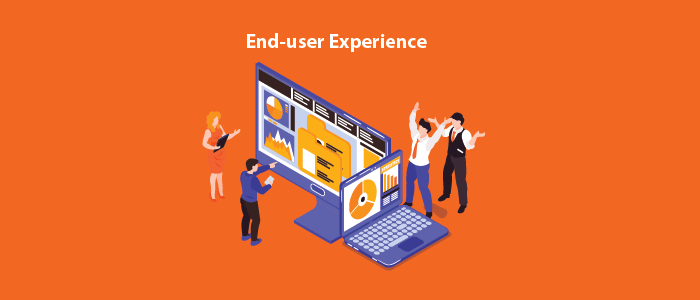
The primary purpose of an end-user device is to serve the end-user. If the backup software is hogging CPU, memory, disk iops, and network bandwidth overzealously in order to finish a backup as quickly as possible – that won’t cut the mustard. Endpoint backups need to be understated, behind-the-scenes, quietly chugging away doing their job. Ability to control CPU usage, network bandwidth consumption etc. are all critical pieces of such a solution.
The ability to decide whether or not to backup over wi-fi, which wi-fi networks are metered/allowed, hours during which backups should be allowed vs disallowed – are all important considerations when end-users are involved – but may be completely irrelevant for server backups.
End-user Privileges

What are you comfortable allowing your end-users to do? How much do want to involve them in the data protection process?
Should end-users know that their systems are being backed up? Are they allowed to stop, pause or inactivate the software? Can they restore/download their data? Do they get to choose folders they wish to add to the backup workload? Do you need their consent before starting a backup? What if they need to know how protected their data is?
All of these are considerations peculiar to backing up end-user data. And businesses have different policies that dictate answers to the above questions. A solution designed for end-user data protection will have the flexibility to let you manage these parameters.
Device Ownership and Management
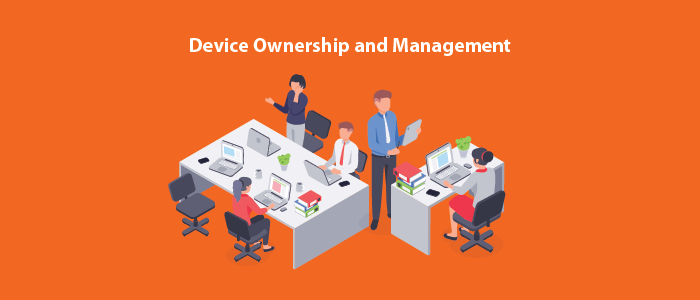
Employees leave companies. Devices get replaced with newer devices. These are facts of life. Having the ability to manage departed users and their devices comes with its own challenges. After a person leaves the company, who do their backups belong to? Is there a way to “reassign” those backups to their supervisor, or to a replacement employee?
Users may replace laptops. They may not necessarily think about installing the backup software again on their new systems. Is there a way to identify relinquished devices by measuring how often they are (or aren’t) communicating for backup – and discover unprotected users?
Once again, these considerations are peculiar to backing up end-user data – not servers. And best-of-breed end-user backup solutions have these options built in.
Privacy Considerations
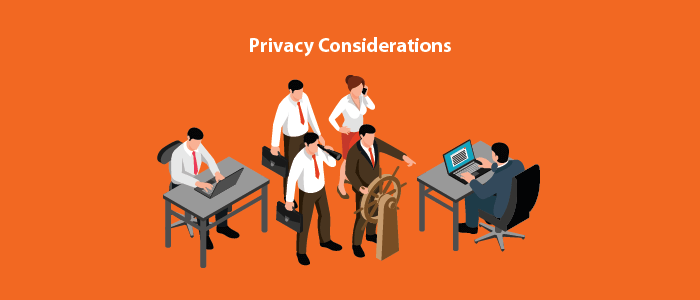
Who has access to restore and download end-user data? Just the users? Or the administrators? Or both? Or perhaps only the manager in their local office?
Data privacy considerations can be very important with enterprise-class backup solutions – and are rarely considered until it’s too late. Some organizations are ok with letting administrators access and restore end-user data. Some are not. Some are ok with it in general but not in the case of senior management users.
Having the ability to set policies to disallow administrator access for a specific set of users, or allow such users to request data privacy, is an important consideration for end-user backups.
These are just a small handful of examples I could think about, but it should be clear by now that good backup solutions that help make an administrator’s job easy are more than just about copying data from Disk A to Disk B. Well-thought-out features designed with a deep understanding of end-user and Administrator behavior are what go into making a good backup solution.
Like I said at the outset, there is no right or wrong answer to the question of whether you should pick a one-size-fits-all solution versus something that is best-of-breed. If a single management console is your overarching need – go right ahead and compromise. But the more discerning decision-makers I’ve seen always pick best-of-breed and arguably they make their jobs simpler down the road.
At Parablu we build solutions focused on protecting end-user data. Parablu’s BluVault is designed to enable robust data backup from user endpoints and SaaS workloads. Our patented integration with Microsoft 365 and OneDrive for Business also means that you can deploy BluVault without spending a penny for backup storage.
Sound interesting? Reach out to us and learn more.
